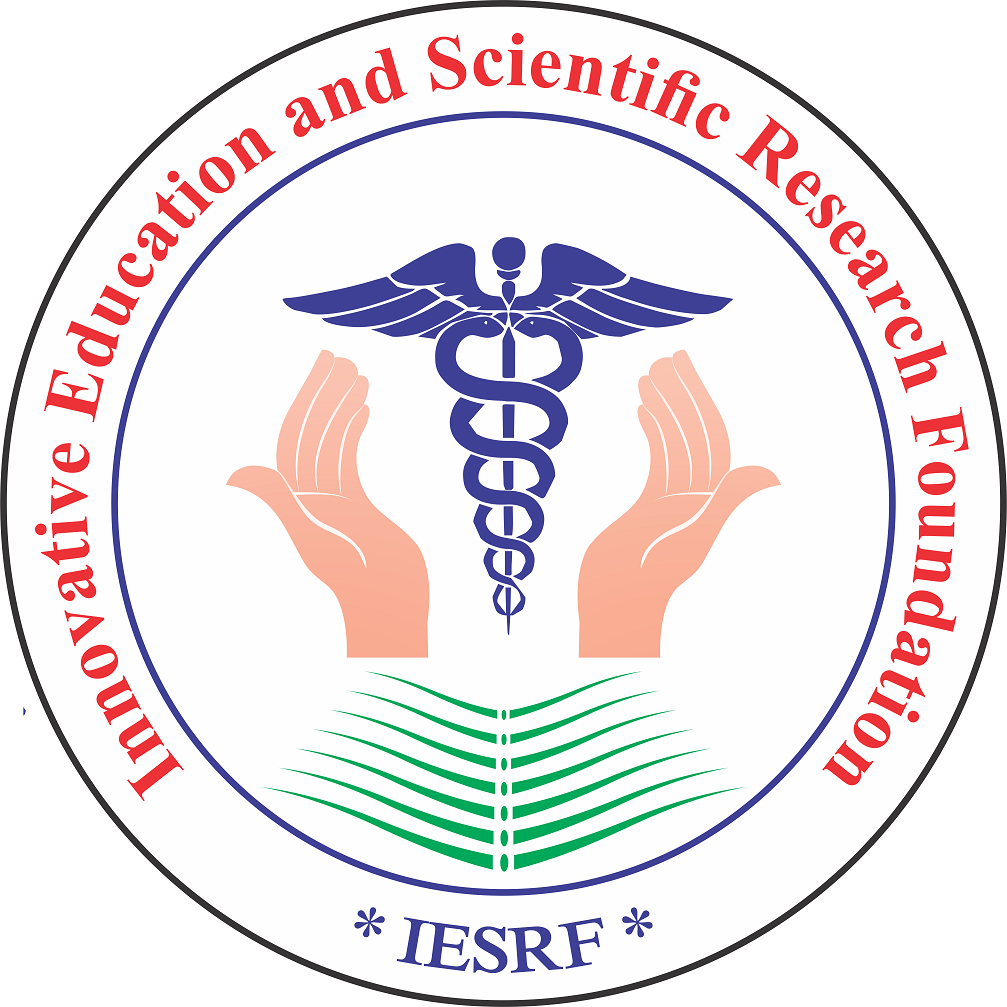- Visibility 28 Views
- Downloads 18 Downloads
- Permissions
- DOI 10.18231/j.ijcbr.13719.1761022783
-
CrossMark
- Citation
Sickle cell disease (SCD) is a monogenic disorder, yet its clinical presentation is influenced by a range of additional genetic and non-genetic factors. Despite decades of study, many aspects of the disease's genetic complexity remain unclear. Affecting millions globally, SCD is among the most common inherited blood disorders. Extensive research has identified both the primary genetic mutation and numerous modifier genes that affect disease severity. In recent years, significant progress has been made in understanding the molecular genetics, pathophysiology, and mechanisms behind symptom development and complications. Studies have explored cellular interactions, coagulation abnormalities, physiological changes, and links to other genetic conditions. Advances in screening—at the pre-conception, prenatal, and neonatal stages—have improved the ability to predict disease severity and clinical outcomes, helping reduce complications. Researchers have also investigated the influence of psychosocial and environmental factors on disease progression. Treatment strategies now include bone marrow and stem cell transplantation, with emerging therapies focusing on erythropoiesis regulation and gene editing. While SCD continues to carry a high risk of complications and mortality, ongoing developments in pharmacological treatments, gene therapy, and genetic modulation offer promising directions for more effective management. This review article is planned to cover the aspects of Sickle cell anemia which are known to us and try to find the gaps which are not discovered till yet and this review tried to focus on the current treatment modalities and futuristic treatment approaches for the sickle cell disease spectrum.
References
- Steinberg MH, Sebastiani P. Genetic modifiers of sickle cell disease. Am J Hematol. 2008;83(9):145–52. https;//doi:10.1002/ajh.23232
[Google Scholar] - Perutz MF. Hemoglobin structure and respiratory transport. Sci Am. 1978;239(4):92-125. https;//doi:10.1038/scientificamerican1278-
[Google Scholar] 92 - Weatherall DJ. The inherited diseases of hemoglobin are an emerging global health burden. Blood. 2010;115(22):4331-6. https;//doi:10.1182/blood-2010-01-251348
[Google Scholar] - Eaton WA, Bunn HF. Treating sickle cell disease by targeting HbS polymerization. Blood. 2017;129(20):2719-26. https;//doi:10.1182/blood-2017-02-765891
[Google Scholar] - Hebbel RP. Adhesive interactions of sickle erythrocytes with endothelium. J Clin Invest. 1997;100(11):S83-6.
- Belcher JD, Chen C, Nguyen J. Heme triggers TLR4 signaling leading to endothelial cell activation and vaso-occlusion in murine sickle cell disease. Blood. 2014;123(3):377-90. https;//doi:10.1182/blood-2013-04-495887
[Google Scholar] - Rees DC, Williams TN, Gladwin MT. Sickle-cell disease. Lancet. 2010;376(9757):2018-31. https;//doi:10.1016/S0140-
[Google Scholar] 6736(10)61029-X - Belcher JD, Chen C, Nguyen J. Heme triggers TLR4 signaling leading to endothelial cell activation and vaso-occlusion in murine sickle cell disease. Blood. 2014;123(3):377-90. https;//doi:10.1182/blood-2013-04-495887
[Google Scholar] - Belcher JD, Beckman JD, Balla G, et al. Inhaled carbon monoxide reduces leukocytosis in a murine model of sickle cell disease. Am J Physiol Heart Circ Physiol. 2005;288(6):H2771-9. https;//doi:10.1152/ajpheart.00327.2009
[Google Scholar] - Aslan M, Ryan TM, Adler B. Oxygen radical inhibition of nitric oxide-dependent vascular function in sickle cell disease. Proc Natl Acad Sci U S A. 2001;98(26):15215-20. https;//doi:10.1073/pnas.221292098
[Google Scholar] - Therrell BL, Lloyd-Puryear MA, Eckman JR. Newborn screening for sickle cell diseases in the United States: a review of data spanning 2 decades. Semin Perinatol. 2015;39(3):238-51. https;//doi:10.1053/j.semperi.2015.03.008
[Google Scholar] 148 Manish / International Journal of Clinical Biochemistry and Research 2025;12(3):142-148 - Bain BJ. Diagnosis from the blood smear. N Engl J Med. 2005;353(5):498-507. https;//doi:10.1056/NEJMra043442
[Google Scholar] - Esrick EB, Bauer D.E. Genetic Therapies for Sickle Cell Disease. Seminars in Hematolog y, 2019;56(4):266–75. https://doi.org/10.1053/j.seminhematol.2019.07.002
[Google Scholar] - Frangoul H, Altshuler D, Cappellini MD, Chen YS, Domm J, Eustace BK. et al. CRISPR-Cas9 Gene Editing for Sickle Cell Disease and β-Thalassemia. New Engl J Med. 2021;384(3):252–60. https://doi.org/10.1056/NEJMoa2031054
[Google Scholar] - Mangla A, Agarwal N, Maruvada S. Sickle Cell Anemia. 2023. In: StatPearls. Treasure Island (FL): StatPearls Publishing; 2025.
How to Cite This Article
Vancouver
Manish A. Sickle cell Anemia [Internet]. Int J Clin Biochem Res. 2025 [cited 2025 Oct 26];12(3):142-148. Available from: https://doi.org/10.18231/j.ijcbr.13719.1761022783
APA
Manish, A. (2025). Sickle cell Anemia. Int J Clin Biochem Res, 12(3), 142-148. https://doi.org/10.18231/j.ijcbr.13719.1761022783
MLA
Manish, Abhinav. "Sickle cell Anemia." Int J Clin Biochem Res, vol. 12, no. 3, 2025, pp. 142-148. https://doi.org/10.18231/j.ijcbr.13719.1761022783
Chicago
Manish, A.. "Sickle cell Anemia." Int J Clin Biochem Res 12, no. 3 (2025): 142-148. https://doi.org/10.18231/j.ijcbr.13719.1761022783
